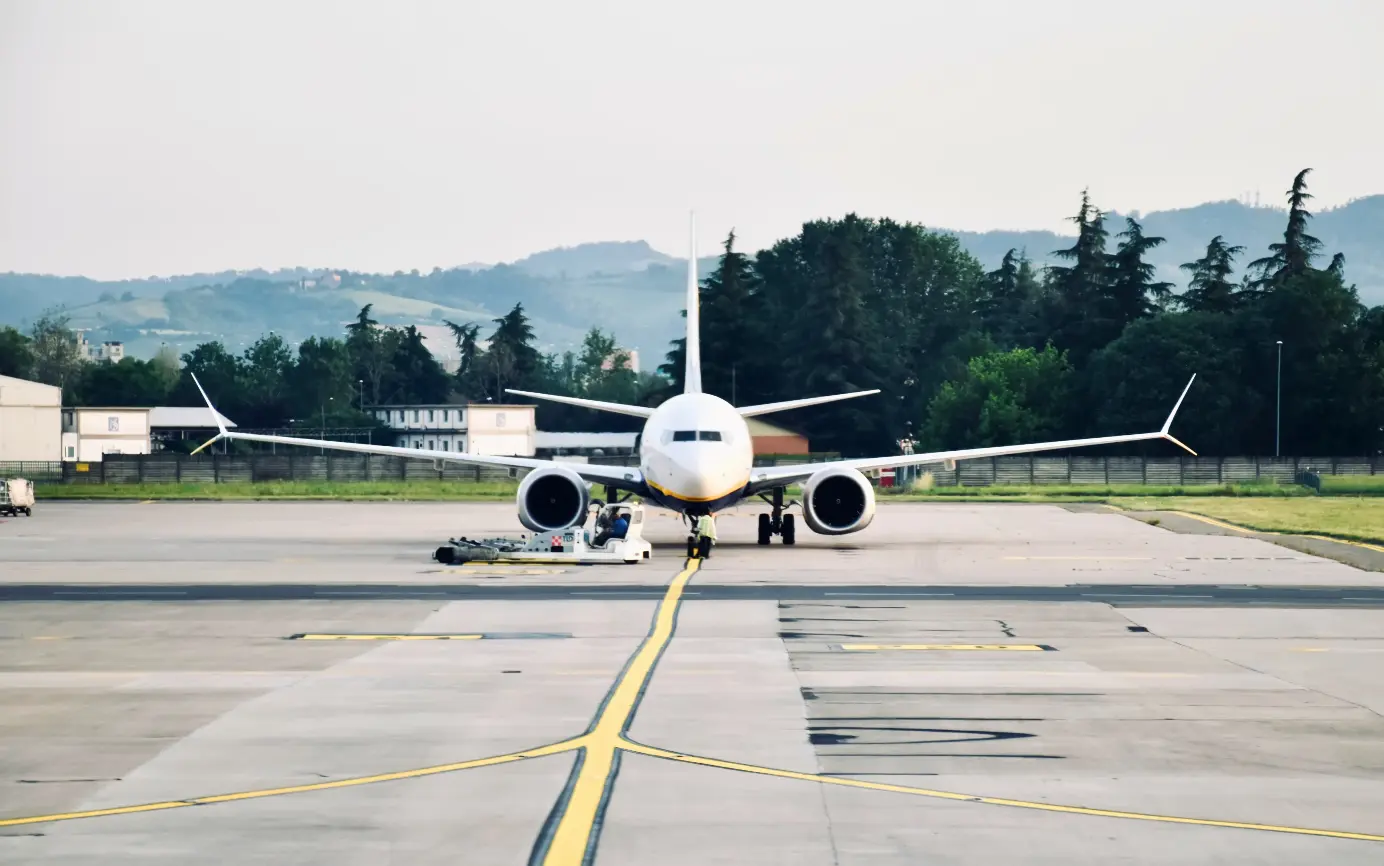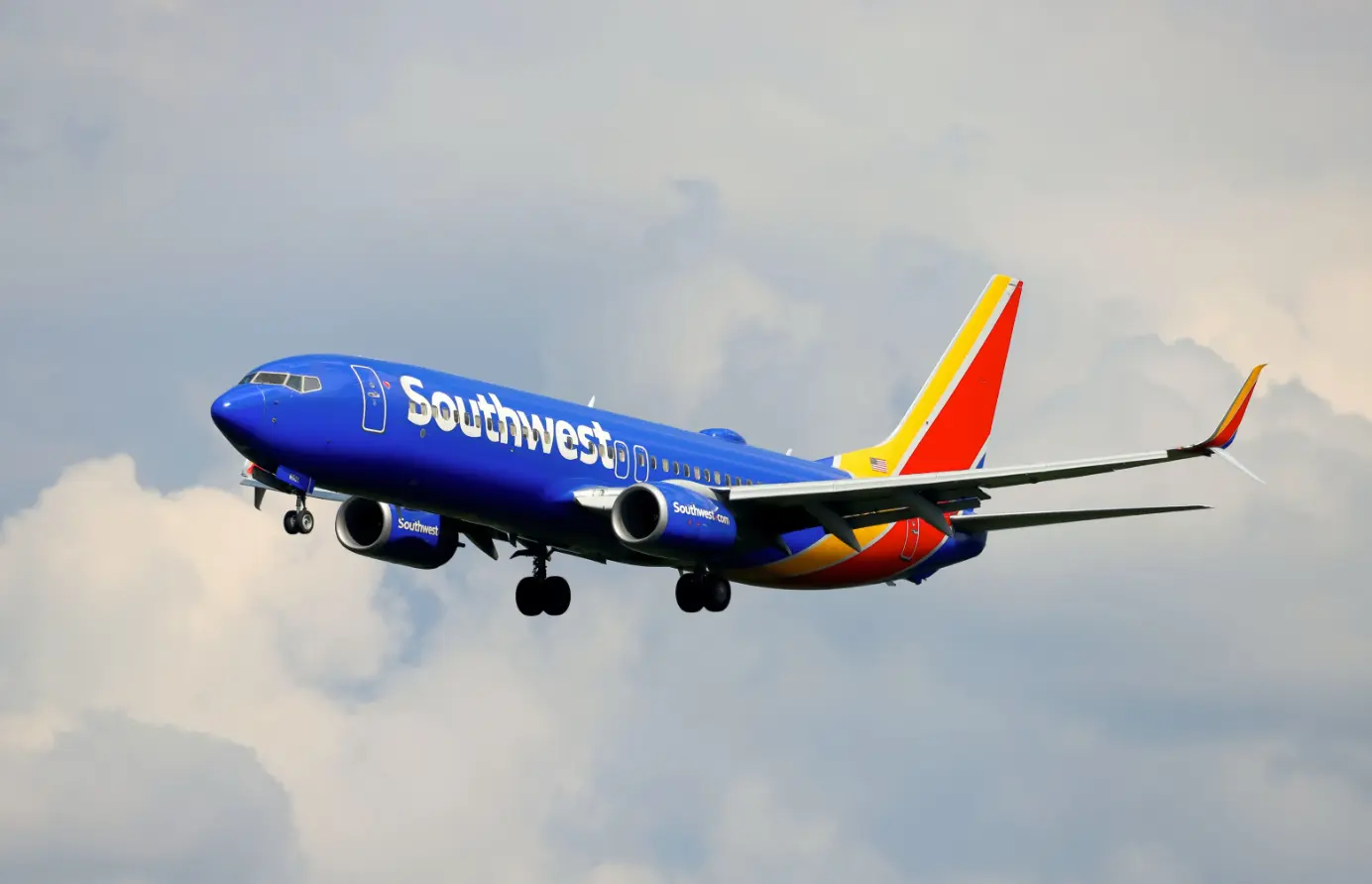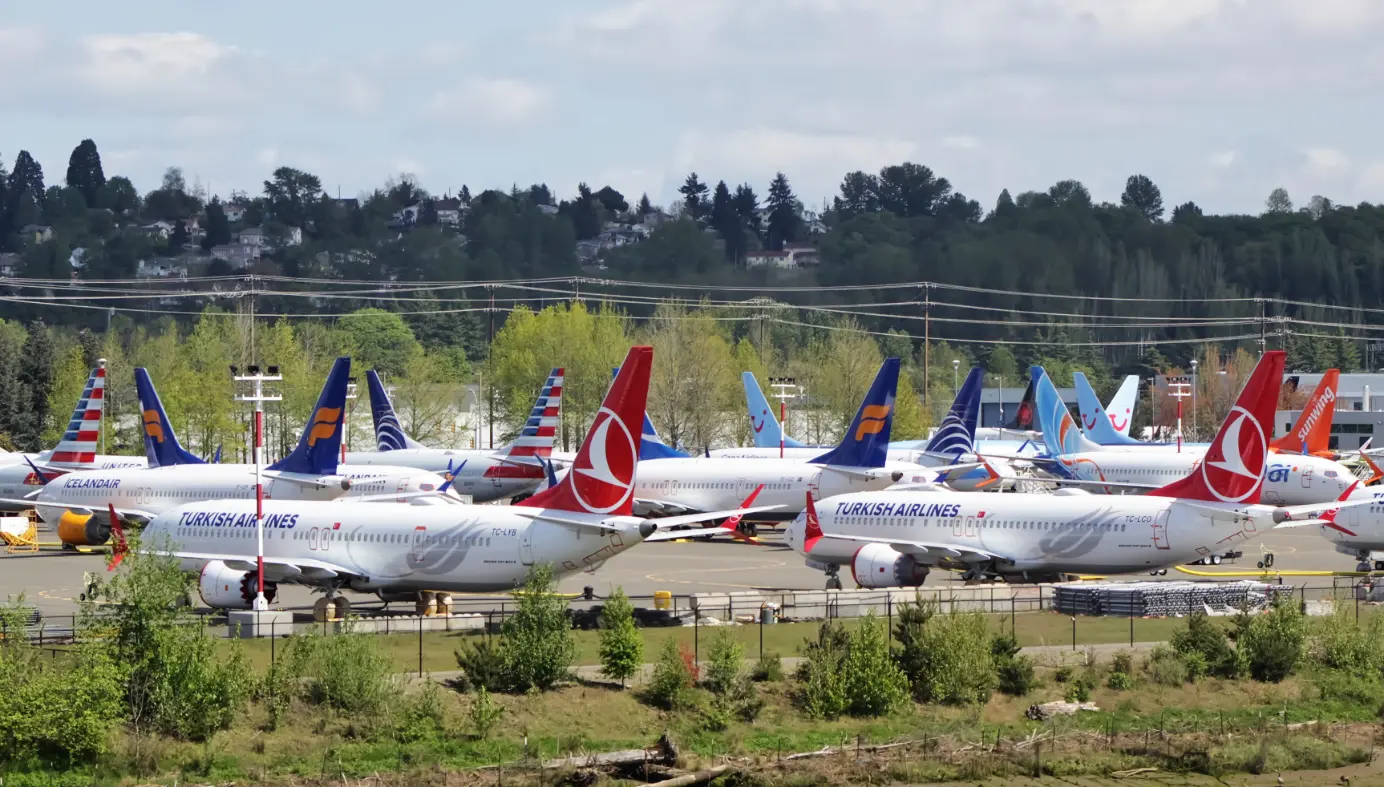
Is the Boeing 737 MAX Safe Now?
Despite its troubled start and a worldwide grounding, the Boeing 737 MAX is flying the skies again. But is the Boeing 737 MAX safe now?
Table of Contents
The 737 MAX is the fourth generation of Boeing's best-selling aircraft. With its new engines and other updates, the MAX offers airlines lower fuel consumption and more seats.
But everything has not been all joy and fun for the Boeing 737 MAX. A series of fatal crashes caused by a poorly implemented software system meant that all MAX aircraft were grounded for 20 months while Boeing and the FAA worked on solutions.
The plane is now back in the air, and Boeing has implemented many improvements and measures to make the 737 MAX safe to fly again.
You may now find yourself having to fly on a Boeing 737 MAX, and after the whole 737 MAX scandal (and Boeing's role in it), it is, therefore, relevant to ask:
Is the Boeing 737 MAX safe now?
About the Boeing 737 MAX
The fourth generation of Boeing's popular 737 model series is called the 737 MAX and includes variants of different lengths, passenger capacities, and ranges. The MAX takes over from the third-generation Boeing 737, called the Next Generation.
Boeing has given the 737 MAX several improvements to make it more attractive to the airlines and to better compete with Airbus' A320neo aircraft. One of the most significant improvements on the MAX is the new CFM LEAP engines, which account for the majority of the improved fuel economy. The manufacturer CFM says that the LEAP engines offer a 16% fuel consumption savings. Lower fuel consumption means a lot in an industry where fuel prices account for most airlines' expenses.
Other minor improvements to the MAX are modifications to the aircraft's aerodynamics and new winglets. The MAX aircraft flew for the first time in 2016.
The 737 MAX gained notoriety with two crashes involving the aircraft type in 2018 and 2019. For 20 months, aviation authorities grounded the MAX due to serious safety flaws deriving from Boeing's plane design. Now that the plane has been reintroduced into service, many have questioned whether the aircraft is now safe.
The Problem With MAX
A problem arose when Boeing began work on the next generation 737 in the early 2010s. Its new engines were too large to be mounted under the wings in the same place as the previous 737 generations. Due to low ground clearance, the 737 has had flat engines for many years. Larger engines did not make the problem any easier for Boeing. There was simply no room for them.
To solve this issue, Boeing moved up the engine on the wing.
That fixed the space problem but introduced another issue. Under certain circumstances, the aircraft tended to raise its nose too high in flight. So much so that there was a risk of stalling.

Boeing found it too expensive and cumbersome to redesign the aircraft. Therefore, they introduced the MCAS software, which automatically took over control and lowered the aircraft's nose if necessary.
But MCAS had some serious shortcomings.
MCAS was triggered by just a single AoA sensor's data. A fault in that sensor could cause MCAS to activate without need - and the system would lower the aircraft's nose even if it were flying normally. Another challenge was that when MCAS intervened, it took total control of the aircraft's pitch. The pilots could not override its actions using their control columns.
Pilots should be aware of a system as safety-critical as MCAS. But Boeing had not described MCAS anywhere in the aircraft manual or told the airlines about it. The pilots were unaware of MCAS, how it worked and how much power the system had.
The first 737 MAX crash occurred on 29 October 2018, when a brand new Boeing 737 MAX aircraft operated by Lion Air crashed into the Java Sea near Indonesia. It had only been airborne for thirteen minutes, and the crash killed all 189 aboard. Less than five months later, another Boeing 737 MAX plane crashed in Ethiopia under similar circumstances. Here, too, all 157 people on board were killed.
MCAS played a critical role in both crashes. In each case, the MCAS responded to a faulty AoA sensor and lowered the aircraft's nose, leading to steep dives. Pilots of both aircraft attempted to correct and recover the plane, but without success - They could not override the MCAS system.
After the second crash, all Boeing 737 MAX aircraft worldwide were grounded. Boeing faced massive scrutiny from authorities, journalists, airlines, and the public. All demanded answers.
During the 20 months of grounding, Boeing and the Federal Aviation Administration (FAA) tried to fix the plane's problems so it could get on the wings again.
What Have Boeing and the FAA Done to Make the Plane Safer?
The whole story of the MAX and Boeing's role in the accidents has left many asking whether the Boeing 737 MAX is now safe to fly on - Especially now that the plane is back in the air.
To answer that, we must look at what Boeing and, not least, the authorities have done to make the plane safe again.
MCAS is still part of the Boeing 737 MAX aircraft. But now, it only activates when there is an agreement (indicating the same) between two of the aircraft's AoA sensors, not just one. It helps minimize the risk of a sensor error's activation of MCAS. A warning is now also displayed in the cockpit when two AoA sensors do not indicate the same. The warning tells the pilots that the aircraft's AoA sensors disagree about the aircraft's pitch angle and may indicate a potential AoA sensor failure.
Another problem with MCAS was that it activated and intervened several times in a row. When MCAS tried to lower the nose, it did so in intervals of about 9 seconds, followed by a five-second pause. It then started over if the conditions for MCAS activation were still met. Boeing has removed this possibility of repeated activations.

All pilots must also have MCAS-specific simulator training before flying the Boeing 737 MAX. Mandatory training was not required before the two accidents because the FAA had accepted Boeing's claim that the MAX flew sufficiently similar to previous 737 models and that new training was, therefore, unnecessary. The MAX's Flight Manual has also introduced new procedures to help pilots detect and correct problems with AoA sensor errors and erroneous horizontal stabilizer movements.
In addition, for the grounded 737 MAX aircraft to return to service, the FAA required the airlines to conduct a series of tests of the AoA sensor systems and to complete a readiness flight with each aircraft to ensure they were ready to re-enter service.
Is the Boeing 737 MAX Safe Now?
If you ask Boeing if their 737 MAX aircraft are safe, the answer is not surprising.
"We believe that the 737 is safe. We believe the crew alerting system is safe", says Mike Fleming, senior vice president of Boeing, who oversees the MAX return to service.
Flying on modern aircraft in the 21st century is, generally speaking, remarkably safe. After the crashes and the prolonged grounding, the 737 MAX has been scrutinized and investigated more than any other aircraft. At the same time, Boeing's changes have been tested in both simulators and on actual flights to a degree we have not seen before. We can argue that the much attention and thorough tests have made the MAX one of the safest planes in the world. And even though the plane is back in service, there is still a significant amount of monitoring and supervision of the aircraft.
The 737 MAX fiasco has cost Boeing around $20 billion in damages and additional costs. If we include lost sales, we come to around $60 billion. It should be safe to assume that Boeing wants to avoid another tragic scandal.

So is the Boeing 737 MAX safe now? Pilots who have gone through extensive training for the MAX say that they have complete confidence in the aircraft and are convinced that it is safe. The head of the FAA, Steve Dickson, has also expressed full confidence in the 737 MAX aircraft.
All the airplane's software modifications and the proper pilot training have convinced aviation authorities worldwide, who believe the improvements will be a sufficient safety barrier against future accidents.
Wrapping It Up
The two Boeing 737 MAX crashes in 2018, and 2019 marked the beginning of a worldwide crisis for Boeing, which had to accept a grounding of the plane for 20 months. While grounded, critical security holes were closed by both Boeing and the FAA. The Boeing 737 MAX is now back on the wings, and an increasing number of airlines use the 737 MAX.
So the question arises: is the Boeing 737 MAX a safe plane now?
At least one thing is certain. The course has not made the Boeing 737 MAX less safe. With Boeing's improvements and the authorities' new guidelines worldwide, the MAX has been thoroughly scrutinized inside out. Massive improvements have been implemented, all of which should make the 737 MAX a significantly safer aircraft to fly.
Planenerd Newsletter
Join the newsletter to receive the latest updates in your inbox.






